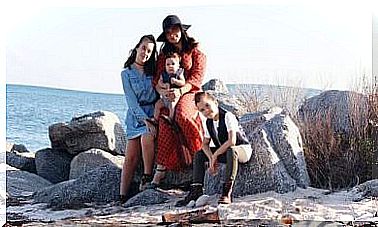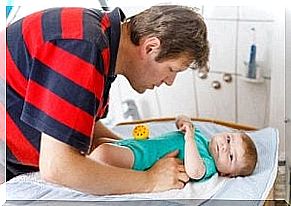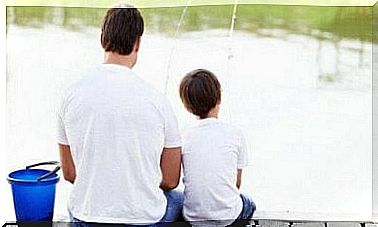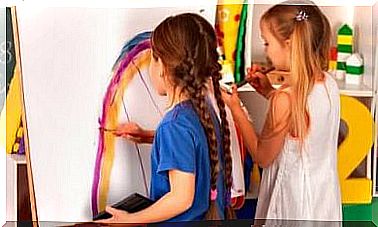Risks Of Sunstroke In Children – Being Parents
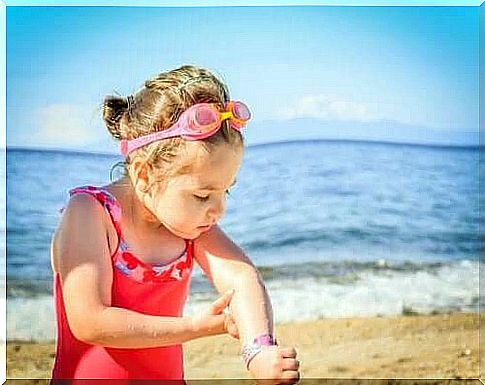
In addition to the rising temperature, water games and vacations, summer brings some climate changes that we need to pay attention to. Indeed, all these elements can be possible sources of problems for our children.
One such problem is sunstroke that children can get. It is prolonged exposure to the sun which can become serious if we are not careful enough.
Surely you have heard of the necessary summer care for people of a certain age. These groups include children and the elderly. They can also be added to people with skin problems or other illnesses that require special precautions.
It is of the utmost importance that you know and follow these guidelines for the sole purpose of maintaining the health of your child. With the eagerness to go out for fun and play, the little ones usually do not pay attention to the climatic conditions of the summer period, especially at certain times.
This is when parental protection must be put into practice to prevent heat stroke in children.
The consequences of sunstroke in children
Sunstroke, also called heat stroke, generates a very great imbalance in the child’s body. In this way, it becomes unable to regulate the temperature and comply with the vital functions that ensure its proper functioning.
The reason for this tendency of children to be adversely affected by the sun and high temperatures is their lack of maturity. Their immune system and other parts of their body, such as their skin, do not yet have the strength to cope with the shocks of sudden climate change.
In addition to the fatal consequences, sunstroke can also cause very serious problems, such as skin burns and related diseases. They have also been linked to brain problems and even falling into a coma according to some experts.
Symptoms of sunstroke in children
Sunstroke can cause the following symptoms in children:
- Pallor.
- Cramps.
- Fainting.
- Weakness and fatigue.
- Excessive sweating
- Headache.
- Fever above 39 ° C.
- Dizziness, nausea and vomiting.
- Decreased blood pressure.
Recommendations for the prevention of sunstroke in children
Prevention is the most effective measure parents can take to protect their children from these serious problems. Here are some tips to prevent them:
Avoid prolonged exposure to the sun and at certain times
In summer, children should not be exposed to the sun between 11 am and 5 pm. In addition, it is necessary that the moments in which they do this do not exceed two hours. Of course, the use of sunscreen is always mandatory. Physical activity at these times should be banned.
Hydration
Children are naturally distracted and don’t spend all day thinking about the last time they drank water. Therefore, it is necessary for adult and responsible people to offer them something to drink from time to time to cool off. And this, especially when they are playing outside and even in the swimming pool.
Pay attention to their behavior
If a child is tired, listless, or weak for no reason, he or she may have lost water and mineral salts and be on the verge of sunstroke. At this time, adults should take action as soon as possible to treat this condition.

What to do after a child has sunstroke?
If your child has had sunstroke, you must go to the nearest hospital immediately. During this time, you should try to lower her body temperature by using compresses or cold clothes. The chest, neck and head are essential places, in addition to the thighs and arms.
On the other hand, try to keep it in as cool a place as possible. As long as he’s clear-headed, give him water to keep him hydrated, but be careful that he doesn’t choke. Also, undress him in all the clothes you can, especially if it’s a baby.
With this emergency care and immediate medical attention, the effects of heat stroke can be reduced. Finally, remember that this problem is not exclusive to summer: it can occur in any season, in cases where exposure to strong sunlight is too long.
